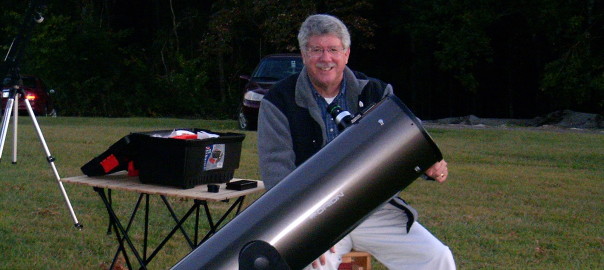How did your assignments change from 1966 to 1967 and from 1967 to 1968?
The biggest change I experienced was in 1968. I did every thing to accelerate graduation from San Jose and began a limnology program at Oregon State in 1967. I then commenced my research at Crater Lake under the supervision of Dr. John R. Donaldson, who was my major professor. At that point in time I met up with Doug Larson, who was beginning to engage in a Ph.D. program at OSU.
In 1967 we lowered a Boston whaler from OSU down snow slides into the lake and that eventually became the Park Service’s research boat from 1967 until 1970 or 71. To make room in the boat house for the Boston whaler, a decaying naturalist boat that was no longer sea worthy was brought out into the lake and sunk (5). It was sunk between Wizard Island and the lodge. I would say about a mile from Wizard Island.
The Boston whaler was towed back up on snow slides and removed sometime in the early 1970’s.
During the summer of 1966 my special project time had to do with either sorting slides or library work. During 1967 and 1968 it was all devoted to lake research.
Did you find that material here at the park was helpful in your work?
There were virtually no materials here at the park, just the early limnological papers by Hans Nelson, and Art Hasler and others. The guidance of the research came from Donaldson. Everyone else was busy in the interpretive program. Dick Brown had no limnology background, so he could only encourage me. He was interested in what we were finding, but he only participated to a very minimal extent. To him all research was good. He was less interested in applied research as opposed to basic research.
That’s a rarity in the Park Service?
Right. I think it was his Harvard training that made the difference. As for the Park Service itself, the main support we got was with a tractor trailer for the Cleetwood Trail to transport equipment down to the boat dock.
How did you do for staffing?
The staffing was ourselves, and anybody else who wanted to donate time. Rod Cranson came out to help with sampling. Ethan Shoemacker, who worked the fire crew, came out a lot to help me take samples. Every now and then a member of the naturalist staff would come out and help, too.


